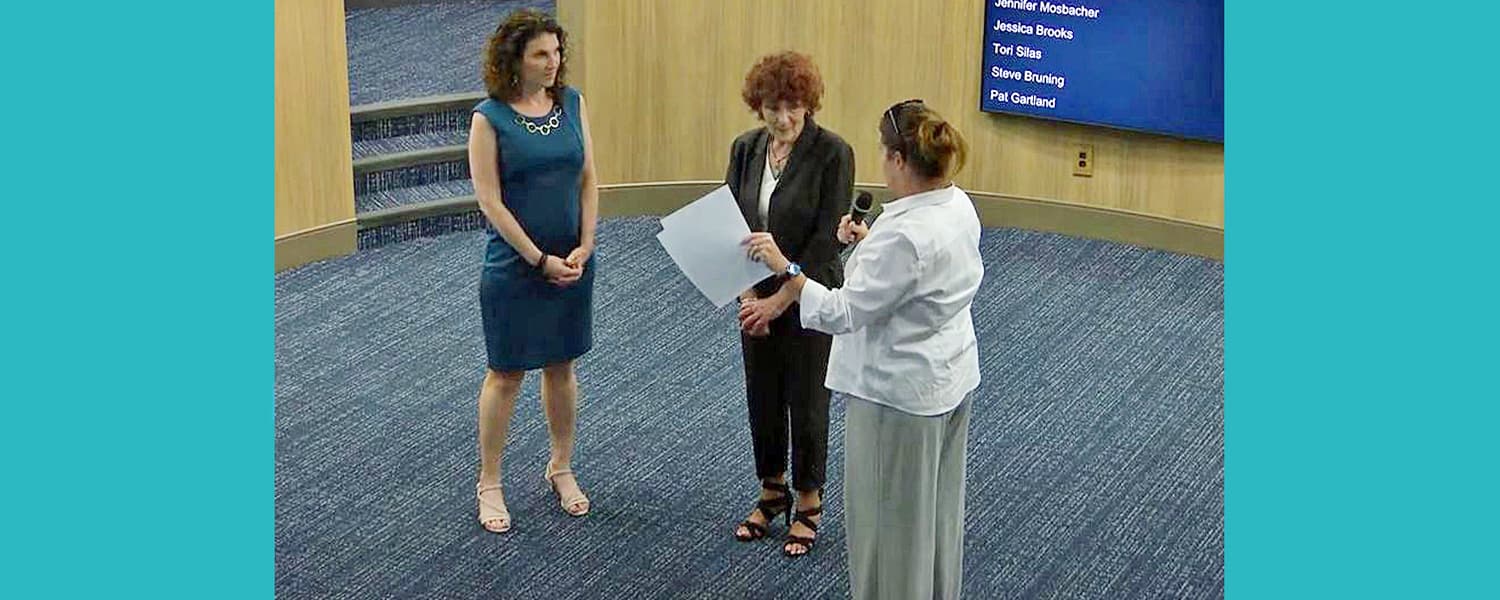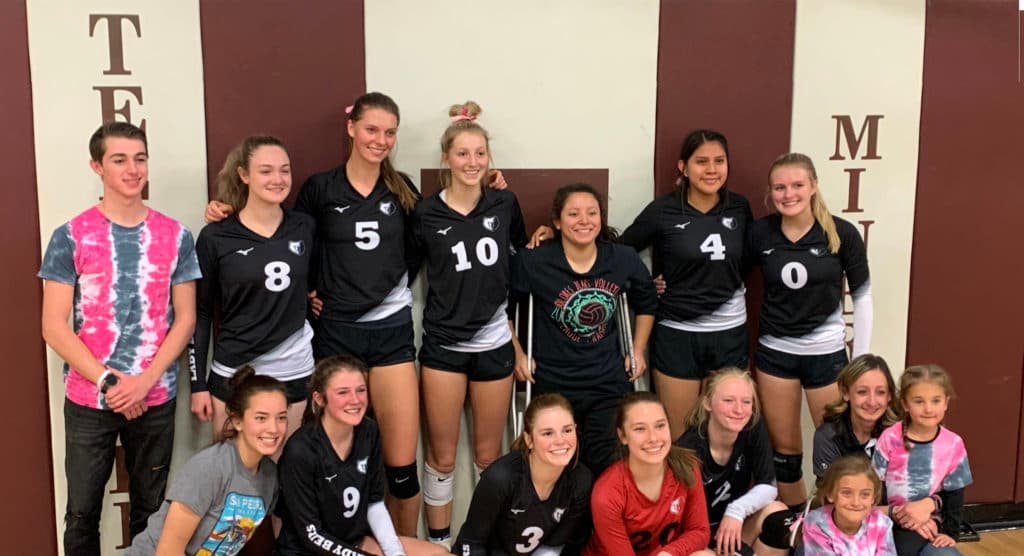New Board Members Sworn In, Construction Concerns Raise Safety Questions
At the Dolores RE 4A school board meeting on November 10 new members Lia Hooper and Michael Rime were sworn in and the board elected officers by secret ballot, as construction updates revealed both progress and an urgent structural concern. The developments matter to local families because they affect school governance, timelines for a new building, and immediate safety and program continuity for students and staff.
Listen to Article
Click play to generate audio

The Dolores RE 4A school board convened on November 10 to welcome two newly elected directors, establish leadership, and receive an array of updates that mixed routine governance with emergent facility concerns. Lia Hooper and Michael Rime took their oaths, filling seats vacated by Casey McClellan and Clay Tallmadge. Board officers were chosen by secret ballot, resulting in Crowley as president, Rime as vice president, Hooper as secretary, and Goodall as treasurer.
Student presentations and public comment were part of the regular agenda, during which students and community members voiced support for a former coach and teacher. Those remarks underscore the close ties between the district and the surrounding community, and they highlight the importance of personnel decisions for local morale and student well being.
Architects and the district owners representative provided an update on the new school project. Officials reported steady progress on the new building foundation and ongoing planning for furniture and the commons area. However, within 48 hours of the meeting the district discovered a crack in the existing commons foundation. No cost estimate has been produced yet. The discovery introduces immediate questions about safety, accessibility, and the schedule for the new facility.
A structural issue in a central shared space has public health implications beyond bricks and mortar. Commons areas typically host meals, assemblies, and after school activities. If the crack requires closure of the space for inspection or repairs, the district may need to relocate meal service, adjust schedules for physical education and extracurricular events, and ensure that students with mobility needs continue to access services. Delays or added costs also strain a rural district budget that must balance capital projects with classroom needs.
The board also addressed superintendent evaluation tools, approved staffing and several personnel hires across athletics and academic positions. These decisions affect day to day operations and point to the board s priorities for instructional and extracurricular programs. Staffing stability is a central equity concern in small districts where a single hire can significantly alter program offerings for students.
Community members watching these developments should expect follow up information as the district secures a cost estimate and engineering assessment for the commons foundation. The board set the next meeting for December 8, 2025, where members are likely to review updates on the foundation, construction timelines, and any adjustments to staffing or student services. For families who rely on school programs for meals, transportation, and extracurricular enrichment, timely transparency and plans for continuity will be essential to maintain safety and equity across the district.


